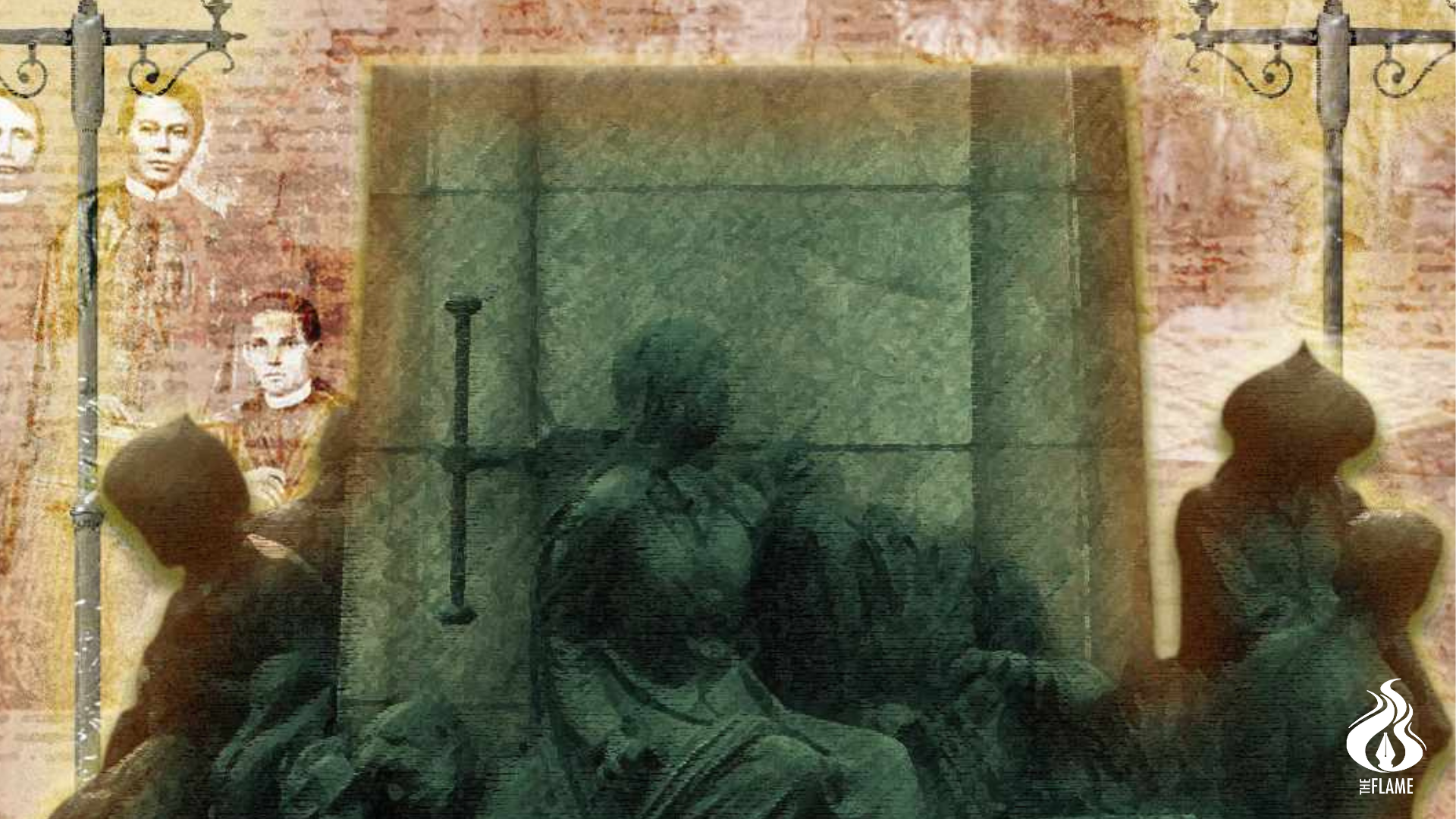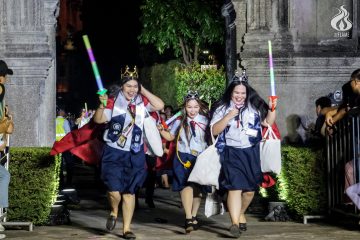NO THANKS to a recent blunder made by a reality show contestant, they are known to the younger generations, especially those who took fewer history lessons, as “Majoha.”
The outrage over the contestant’s failure to identify the GomBurZa, the three martyr priests who sparked Filipinos’ nationalism during the Spanish colonial period, reflected the vital role they played in history.
Their important place in our past was highlighted further by a Metro Manila Film Festival entry about their life that reaped praises and accolades.

After being accused of involvement in the Cavite Mutiny, diocesan priests Mariano Gómez, José Burgos and Jacinto Zamora were executed in public, inspiring national hero Jose Rizal to pen “El Filibusterismo,” a novel that prodded Filipinos to fight for their independence.
Their death by a garrote is commemorated every Feb. 17.
However, many are not aware of several interesting details about the GomBurZa that showcased not just their ideals but also their humanity.
Gomez or Gomes
Gomes’ name was originally spelled with a “z,” but he changed it since two other priests in Cavite and Laguna had the same name. Some claim it was a way to localize his name.
He was born on Aug. 2, 1799, in Sta. Cruz Manila – an area known for its large population of Jesuits.
He completed his education at Colegio de San Juan de Letran, then pursued his studies at the University of Santo Tomas, obtaining a Bachelor of Canons degree at 18 years old. Initially inclined toward law, he later pursued a Bachelor of Sacred Theology degree.
Gomes tried his luck in getting the curateship of Ermita, but despite his top honors, he was overlooked because he looked youtng and inexperienced.
However, faith allowed him to bounce back as the then 25-year-old priest was appointed the head priest of Bacoor, Cavite. On June 2, 1824, he started holding the second most affluent parish in Cavite. Besides improving the layout and infrastructure of the church, he defended the poor and resolved disputes.
His involvement in the Cavite Mutiny remains unclear. While he was not directly involved with the rebels, he reportedly offered moral support, which heightened the Spanish authorities’ suspicion.
This led to his arrest and a mock trial that deemed him guilty, which resulted in an awful death that he took by the chin. Despite this, he was deeply loved and respected by his parishioners.
The youngest
Having turned 35 years old a week before his execution, Burgos was the youngest among the three martyred priests. He was also last to stand before the garrote.
After having witnessed the deaths of his fellow priests, he was screaming to insist on his innocence. One friar replied, saying “Even Christ was innocent!”
Burgos then calmed down and accepted his fate, even forgiving his executioner before his last breath.
Burgos received a Dominican education, having earned his first degree in 1885 at the Colegio of San Juan de Letran.
He then earned the rest of his degrees at UST, particularly in philosophy, theology, and canon law. Because of his impressive educational background, he became the main proponent of secularization.
Being one of the most educated Filipinos of his time, he wanted to prove to the colonizers that even a creole like him could attain the same level of wisdom as the Spaniards and eventually use this education to liberate the people.
The man from Pandacan
The streets of Pandacan, Manila seem nothing out of the ordinary now but before, it was known as a “cradle of agitators,” having witnessed the emergence of political dissent against foreign occupiers.
It is quite a fitting place for the birth of Zamora on Aug. 14, 1835.
Zamora earned his Bachelor of Arts degree in Colegio de San Juan de Letran. He then took up the Bachelor of Canon and Civil Law degree at UST in 1858.
He was then ordained and handled parishes in Marikina, Pasig and Batangas.
When Zamora transferred to Manila, he witnessed the abuses Filipino priests experienced under the Spanish friars. This fueled his resolve to fight for reforms and their rights.
There are only limited accounts of his personality, but one infamous reputation surrounding him was about his gambling. This vice ultimately led to his death in the hands of prejudiced Spaniards.
In the past, money used for gambling was referred to as “powder and ammunition,” so when an invite to Zamora containing those words reached the wrong hands, Spanish soldiers accused him of igniting the revolt in Cavite.
Zamora remained silent in the face of death, devoid of any emotion, as if he was already dead.
Many would claim that GomBurZa’s death marked the birth of a nation, a necessary catalyst for the enlightenment of the masses. Their persecution also carved a space for secular priests in the Church.
They may never have seen the fruits of their sacrifice, but their names will forever be etched in the pages of history. F – Jade Alecksandra Bagas, Venerando Pagaduan VII and Valerie Peralta



